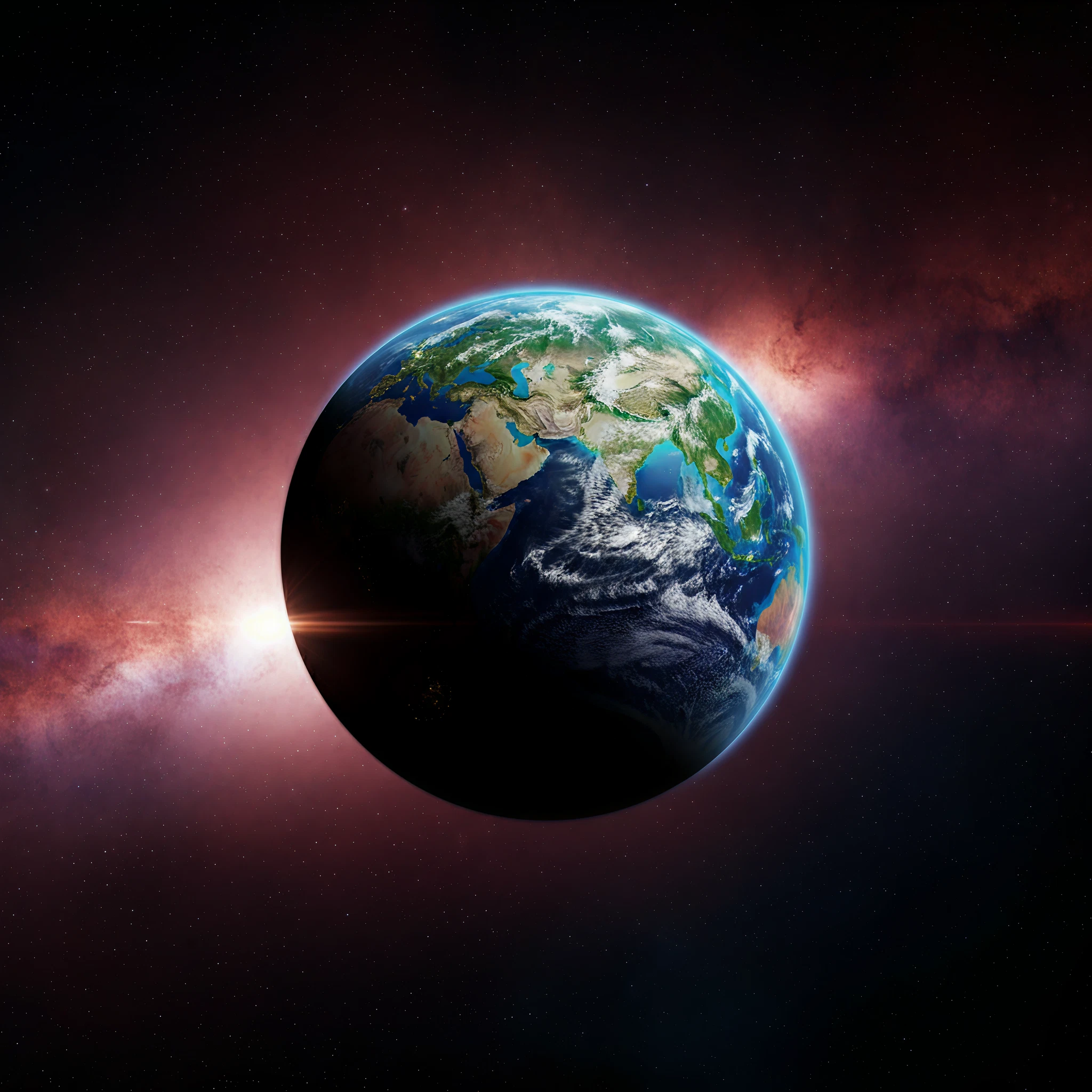Have we finally found a planet capable of supporting life? According to recent findings, the distant exoplanet K2-18b might hold the answer. A team of astronomers, using data from the James Webb Space Telescope, has identified intriguing chemical compounds and conditions that suggest the possibility of life on this mysterious world.
K2-18b: A Hycean World with a Potential for Life
K2-18b, located 124 light-years away in the constellation Leo, is a fascinating exoplanet. With over eight times the Earth’s mass and a size between Earth and Neptune, this “mini-Neptune” is now classified as a “Hycean world” due to its potential planet-wide oceans and hydrogen-rich atmosphere. This broadens the search for habitable environments beyond typical Earth-like planets.
Through the James Webb Space Telescope, astronomers detected traces of dimethyl sulfide (DMS) and dimethyl disulfide (DMDS). On Earth, DMS is predominantly produced by marine phytoplankton. Its presence on K2-18b raises hopes that life might also flourish in such a chemically rich ecosystem.
Why This Discovery Matters
The discovery of DMS and the characteristics of a Hycean world mark a significant step forward in astrobiology. While K2-18b’s vast oceans might suggest promising conditions for life, such findings also expand the possibilities of what scientists look for when hunting habitable planets.
Key benefits of these findings include:
- Broadening the scope of habitable planets beyond Earth-sized worlds.
- Strengthening the case for identifying biosignatures in exoplanet atmospheres.
- Improving our foundational understanding of how life may exist across the galaxy.
K2-18b is one of many worlds that could provide answers about the diversity of conditions where life could thrive. The possibility that such planets exist in abundance may suggest that Earth isn’t as unique as we once believed.
The Need for Caution and Further Research
While the findings are exciting, scientists are urging the community to approach them with measured enthusiasm. Christopher Glein, a planetary researcher, highlights that alternative chemical processes, unlinked to biology, could also explain the DMS readings.
“Multiple independent lines of evidence are needed to convince the scientific community,” Glein says. “This discovery is promising, but it’s just the first step.”
The James Webb Space Telescope has proven to be a groundbreaking tool, but researchers admit that its sensitivity is pushed to its limits when working with small molecules like DMS in planetary atmospheres. Further investigations are needed to confirm the presence of these molecules and rule out other explanations.
Other promising exoplanets, such as the TRAPPIST-1 system or LHS 1140b, are also being studied to explore similar possibilities. These complementary studies could help unravel the mysteries of planets like K2-18b and the larger ecosystem of potentially life-sustaining worlds.
What’s Next in the Journey?
The search for life on K2-18b is only beginning. With more observations using the James Webb Space Telescope and other advanced tools, researchers hope to gather conclusive evidence that either reinforces or challenges these initial findings.
If proven, such a discovery would not only mark a historic moment for science but also reshape our understanding of life’s potential in the universe.
The Universe Awaits
From increasingly powerful telescopes to advancing our understanding of biosignatures, the field of astrobiology continues to inspire awe and innovation. K2-18b’s potential reminds us of the infinite possibilities the cosmos holds.
For now, the exoplanet serves as a reminder that we are at the frontier of exploration, armed with tools and curiosity, ready to uncover the secrets of distant worlds.








